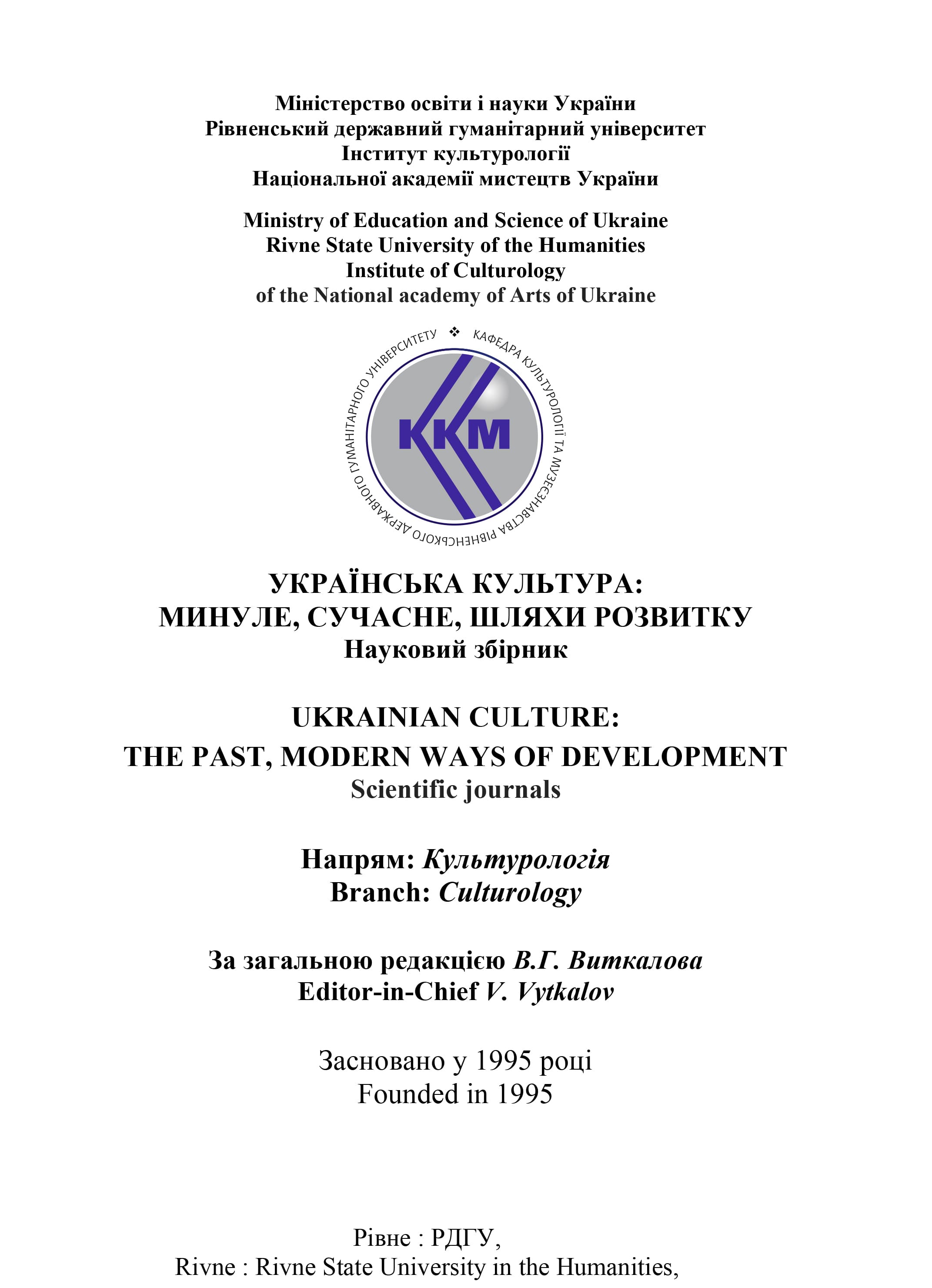OPEN-AIR MUSEUM : SOCIOCULTURAL ASPECTS
DOI:
https://doi.org/10.35619/ucpmk.v39i.501Keywords:
museum, open-air museum, museum practices, tourism, leisure.Abstract
The aim of the article. The theoretical and practical issues of the activities of open-air museums are considered, as well as the directions of development of this special group of museums in the field of tourism. The experience of European countries is analyzed regarding the possibilities of using the potential of open-air museums for the implementation of educational and scientific programs, the development of cultural tourism, and the preservation of cultural heritage. The dynamics of the development of open-air museums and the tourist activity of the Kiev region is analyzed, the factors influencing the attractiveness of open-air museums and their expositions are determined. Museum practices that allow to reproduce the traditional folk environment are analyzed. The attraction of visitors to participate in various activities is revealed: living in traditional housing, participation in traditional rituals, fun, role-playing games and master classes of traditional folk crafts.
The methodology of the work is based on an interdisciplinary approach. The method of comparison and generalization is used in the work. System analysis was used to illustrate international models in the development of museums and their use in tourism practice.
Scientific novelty. The study of open-air museums provides a conceptual basis for: understanding the relationship of history, archeology, ethnography, local lore as a cultural phenomenon, which, in turn, is the most important condition in the process of tourism and museum activities.
Conclusions. Open-air museums are polymorphic (diverse), taking into account, among other things, the names given to them. The name is mainly based on a phenomenological event that the community decides to museify. The purpose of such museums is to acquaint visitors (tourists) with the culture, traditions and way of life of the peoples of the world. Museum practices allow to recreate the traditional folk environment. At the same time, visitors are involved in various activities. «Immersion» in another culture is provided by living in traditional housing and participating in traditional rituals, entertainment, role-playing games. The variety of existing models of museums opens up great opportunities in determining the optimal form and strategy of development, and to make the museum world of Ukraine even more multifaceted. Ethnographic museums and objects should become part of tourist destinations.




